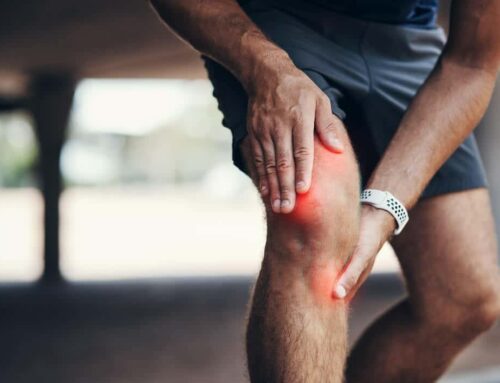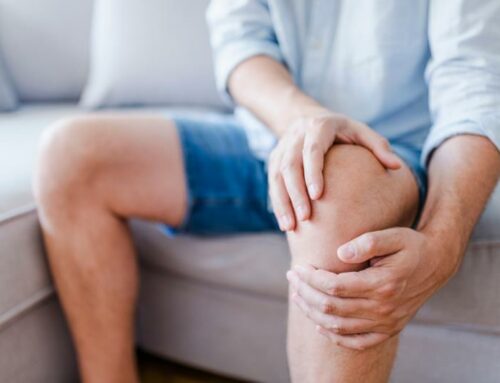
A Complete Guide To Low Back Pain
If you have low back pain, you are not alone. At any given time, about 25% of people in the United States report having low back pain within the past 3 months. In most cases, low back pain is mild and disappears on its own. For some people, back pain can return or hang on, leading to a decrease in quality of life or even to disability. Physical therapists help people with low back pain improve or restore mobility and reduce their pain.
Signs and Symptoms
The symptoms of low back pain vary a great deal. Your pain might be dull, burning, or sharp. You might feel it at a single point or over a broad area. It might be accompanied by muscle spasms or stiffness. Sometimes, it might spread into 1 or both legs.
There are 3 different types of low back pain:
Most people who have an episode of acute pain will have at least 1 recurrence. While the actual cause of low back pain isn’t often known, symptoms usually resolve on their own. Psychosocial factors, such as self-confidence and a perceived ability to cope with a disability, have been shown to be predictors of those who might not recover from low back pain as expected. We used to believe the cause of low back pain was related directly to the tissues of our body, but are now understanding the condition to be more complex.
Although low back pain is rarely serious or life-threatening, there are several conditions that may be related to your low back pain, such as:
While we used to believe the above list contributed directly to low back pain, research has shown these conditions are also present in people without any pain (asymptomatic).
For most cases of low back pain imaging tests, such as x-rays, computed tomography (CT) scans, and magnetic resonance imaging (MRI) are not helpful for recovery. For example, in a recently published article comparing patients who received an MRI first vs physical therapy first for low back pain, the patients who received an MRI first spent on average $4,793 more (with similar outcomes in each group). If your physical therapist suspects that your low back pain might be caused by a serious health condition, the therapist will refer you to other health care professionals for further evaluation.




